What rank did Cixi rank on the list of the most famous figures of the late Qing Dynasty?

1 | 1 Discuss | Share
Before her death, Tu Hi still maintained her smooth skin, shiny face, and teeth that had not fallen out thanks to extremely luxurious beauty secrets. Her favorite dish has countless uses but is not difficult to prepare.
Speaking of women who love beauty in history, Empress Dowager Cixi of the Qing Dynasty is a typical representative. The old Buddha is a person with a different lifestyle, no matter what she eats or uses, she has her own requirements. One of her favorite dishes is chrysanthemum hot pot.
It is known that this unique hot pot dish was personally devised by the Empress Dowager Cixi. The hot pot broth is stewed with chicken bones or pork bones, and the accompanying ingredients are also very diverse with sliced meats, fish...
This is not only a dish to enjoy every day, but also helps the old Buddha maintain his beauty. In the winter, palace maids often picked fresh chrysanthemums and sprinkled the petals into the boiling hot pot for Tu Hi to use.
Many people probably know that chrysanthemums can not only be used as food and drinks, but during important holidays, they are also the choice of many families to offer on the altar of gods and ancestors.
In fact, chrysanthemum is a herb with many uses, used in traditional medicine as a traditional remedy, because it has antioxidant, antibacterial properties, and cures and prevents many diseases. Using chrysanthemum in meals not only helps purify the body and detoxify, but also improves health and skin beauty.
Chrysanthemum hotpot is not only famous in the Qing Dynasty, in Vietnam there are also some places that adapt this dish to the local style. Users can completely prepare and cook them for their families. Below is the recipe for chrysanthemum hotpot for your reference.
The first ingredient is fresh chrysanthemum flowers, about 100g (the flower base has been removed, leaving only the petals). 500g pork or chicken bones (for hotpot stew). Beef, chicken, pork or seafood 300g.
Depending on preference, the cook can use noodles or vermicelli to eat with hot pot. Spices will be salt, seasoning powder, MSG, fresh ginger, green onions... There are also accompanying vegetables such as spinach, Chinese cabbage, mushrooms...
Doing:
Step 1: Braise the bones with boiling water for about 2-3 hours to get a clear and sweet broth, remove the bones, filter carefully to remove foam and residue.
Step 2: Prepare meat and seafood, cut into thin bite-sized pieces. Wash the vegetables and drain. Chop green onions and fresh ginger.
Step 3: Place the pot of broth on the stove and boil; Season with salt and seasoning to taste.
Step 4: When the hot pot water boils, gently drop the chrysanthemum petals into the pot, wait about 1-2 minutes for the chrysanthemums to bloom and add other ingredients into the pot. Hot pot can be enjoyed as soon as the food is cooked. Can be served with noodles or vermicelli as desired.
Returning to Empress Dowager Cixi, in the Forbidden City at the end of the Qing Dynasty, she was a very famous figure. The luxurious life of the old Buddha attracted special attention from many people.
A philosopher once said: "When a woman conquers a man, she conquers the whole world." This statement seemed especially relevant to Cixi, whether she was winning the Emperor's special favor or fighting for power at court.
Tu Hy has a beautiful appearance, everyone in the palace considers her a model of beauty. Her white skin and delicate features made her a queen at a young age. She was originally the favored concubine of Thanh Van Tong, Ham Phong De, and was given the power to handle court affairs.
At the end of the Qing Dynasty, although China was unstable, the luxurious life in the palace was not affected at all. As the supreme ruler, Empress Dowager Cixi's food, clothing, housing, and transportation could almost be described as luxurious.
Even when bathing, she asked her ladies to use milk to moisturize their skin, helping to maintain its shine. In addition, the Buddha family also has a series of other strict daily rules.
Cixi's diet is even more surprising. Each meal has hundreds of dishes, and even though most of the dishes are just to be seen and not eaten, that extravagance still has to be made. Leftover food will be thrown away. The next day, new dishes must be prepared, not duplicated with old dishes.
The powerful Queen Mother does not particularly like filtered water, but loves spring water from Ngoc Tuyen Mountain. Every morning, she would send someone to bring water from far away, then soak it into rose water for her to enjoy, because she believed that roses could beautify the skin. Even when rinsing her mouth, she also used fresh perfume picked by the palace maids in the garden, brushed her teeth and rinsed her mouth in the morning and evening.
Cixi also has the habit of drinking a glass of milk every night before going to bed because she believes this will keep her youthful appearance. To provide milk, the court arranged special milk nannies who had to be changed every quarter. Becoming a babysitter for the Buddha family is not easy. They must have a beautiful appearance and a plump figure, because she believes that beauty is contagious.
The conditions for these nannies are very strict, not only must they give birth to more than 3 children, but their husbands must be alive and not have a bad odor such as body odor, etc. The milk must be pure, without impurities and retains the original flavor.
Very few people can meet these conditions. Empress Dowager Cixi even performed extravagant acts such as bathing in human milk, a lifestyle unimaginable for ordinary people.
Cixi considered nails as treasures, the secret inside made people shiver 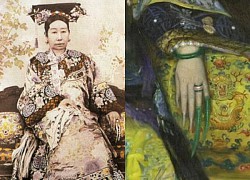 Hoa Tuyết17:22:23 10/01/2024Empress Dowager Cixi was known as the most powerful woman in China during the Qing Dynasty. Inside her armor made of gold and encrusted with precious stones, there is a terrible secret hidden.
Hoa Tuyết17:22:23 10/01/2024Empress Dowager Cixi was known as the most powerful woman in China during the Qing Dynasty. Inside her armor made of gold and encrusted with precious stones, there is a terrible secret hidden.

1 | 1 Discuss | Share
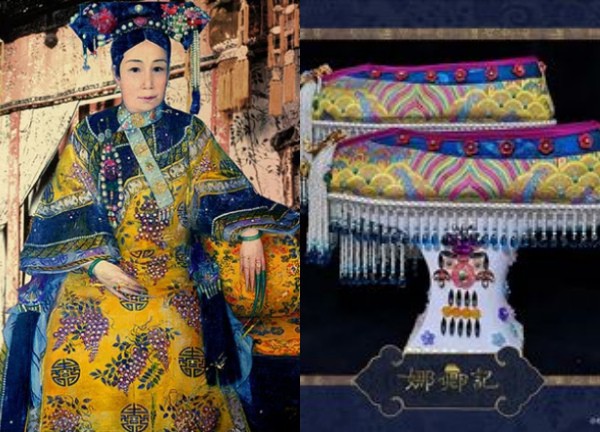
5 | 1 Discuss | Share
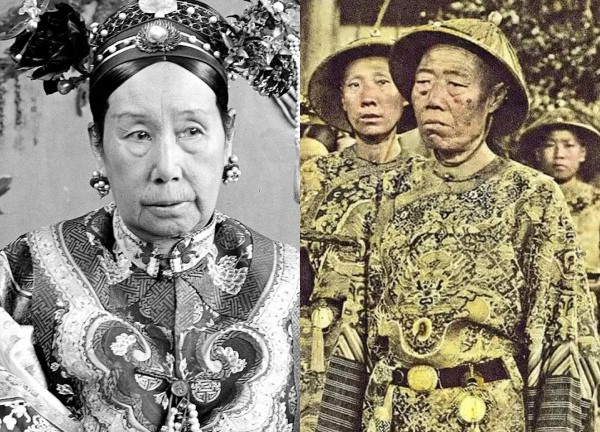
6 | 1 Discuss | Share
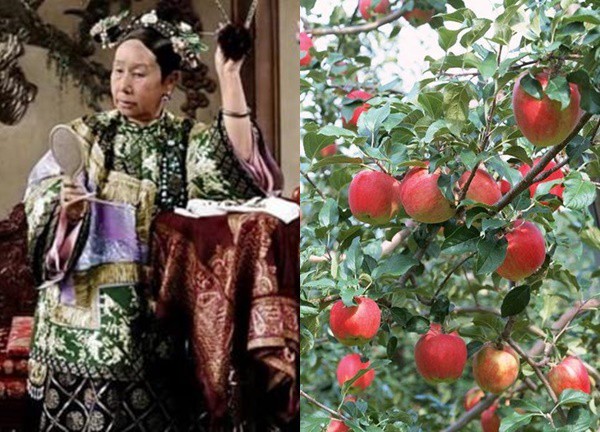
5 | 1 Discuss | Share
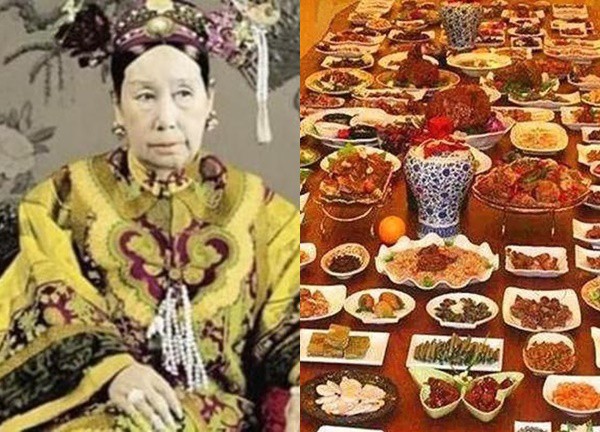
3 | 1 Discuss | Share
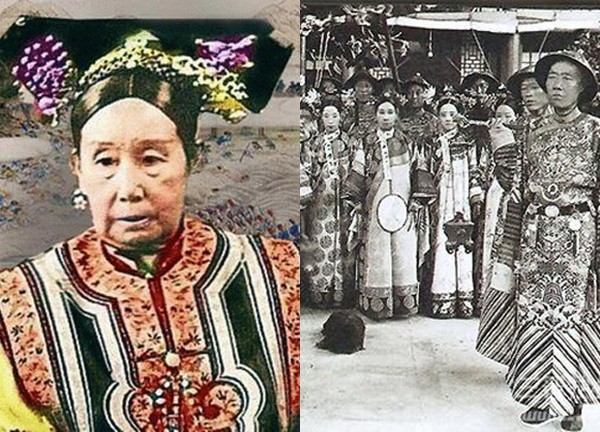
7 | 1 Discuss | Share
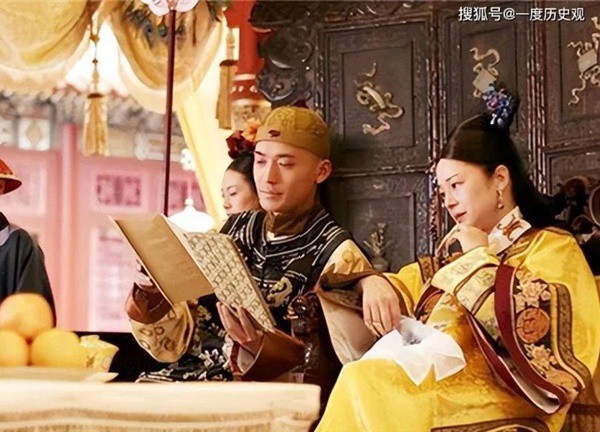
1 | 1 Discuss | Share
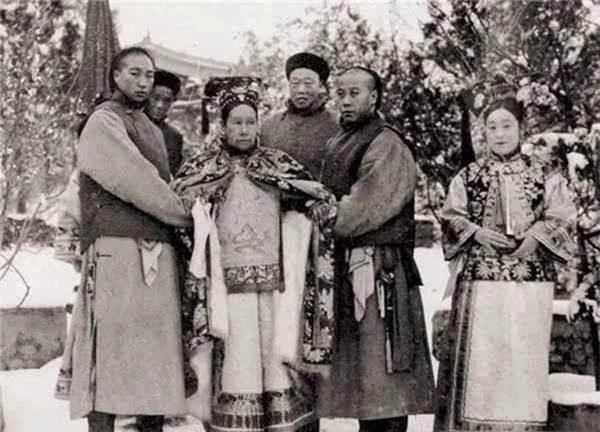
5 | 1 Discuss | Share

4 | 1 Discuss | Share
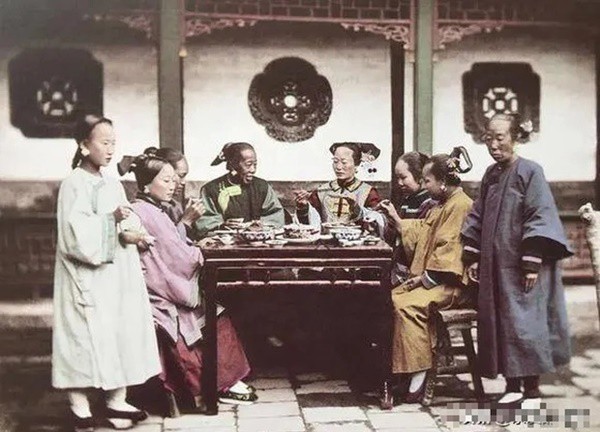
2 | 1 Discuss | Share
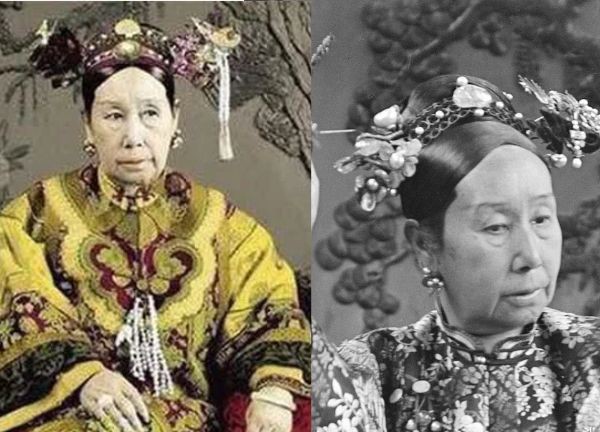
3 | 1 Discuss | Share
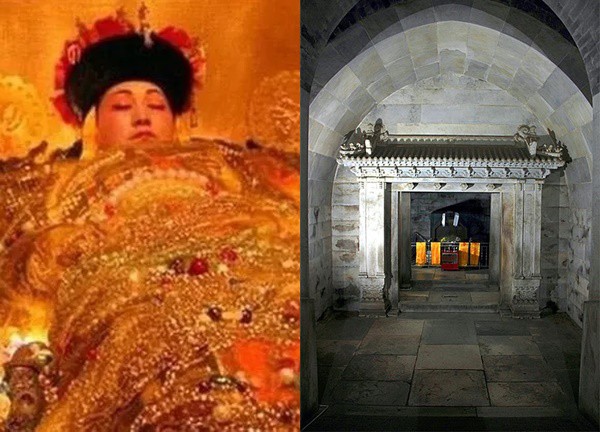
1 | 1 Discuss | Share






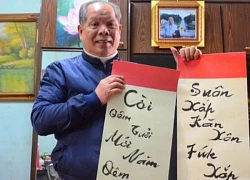



1 | 1 Discuss | Report